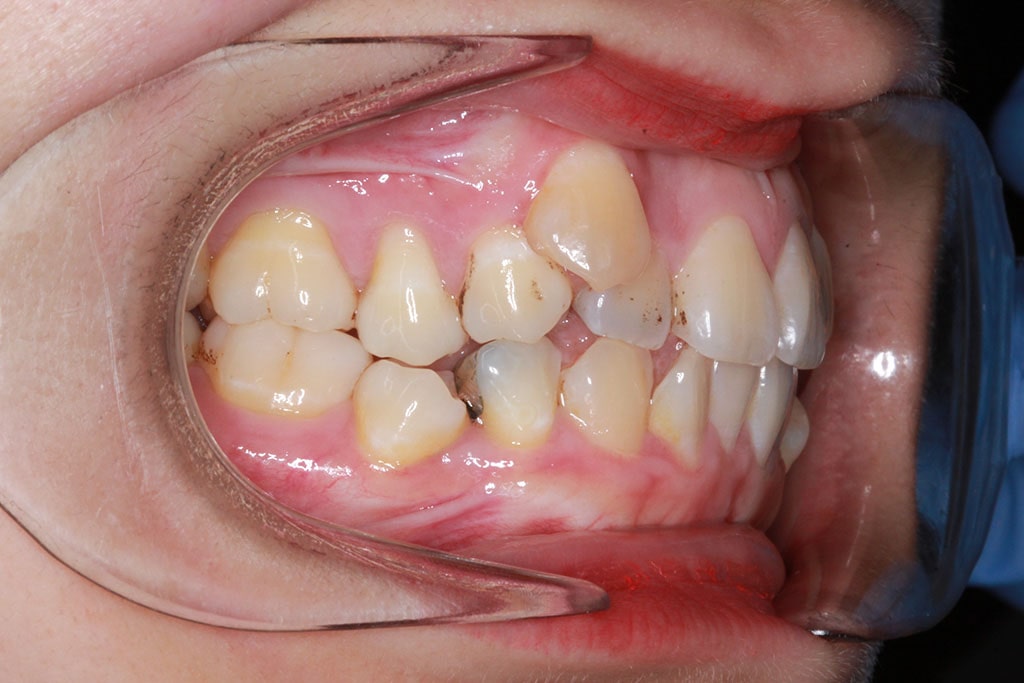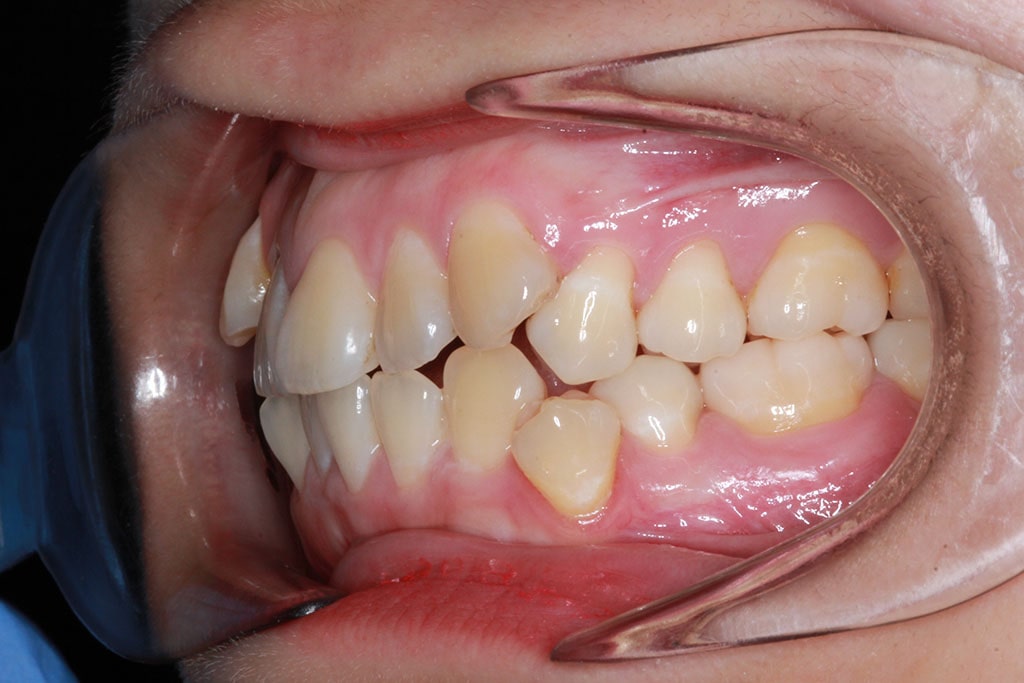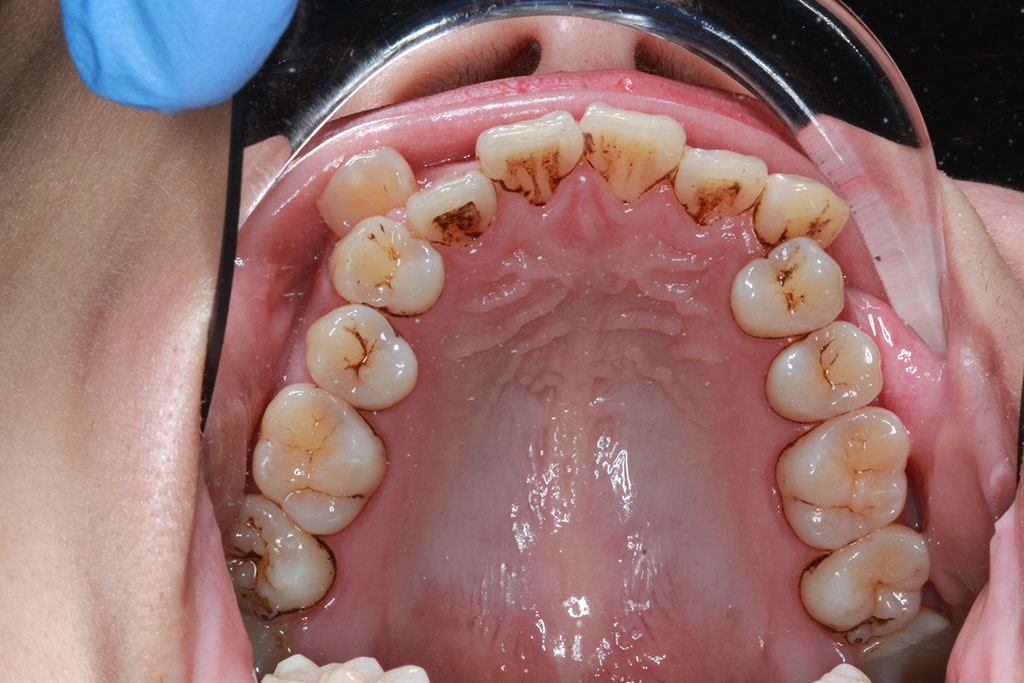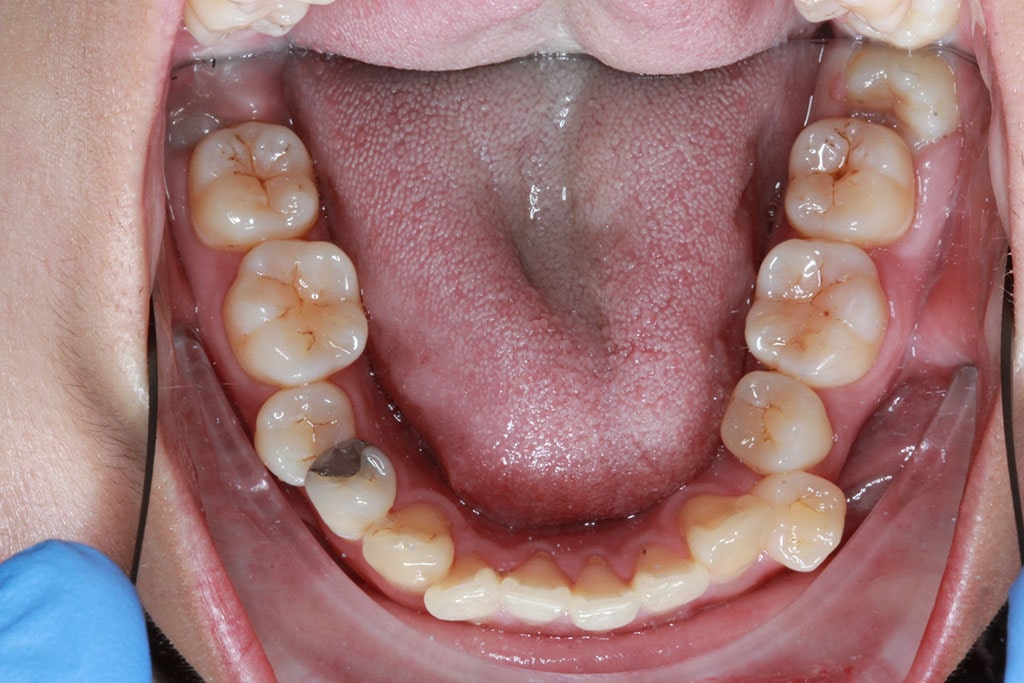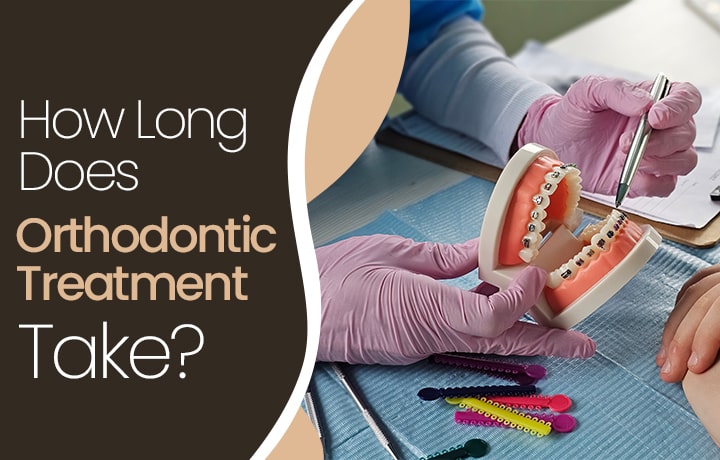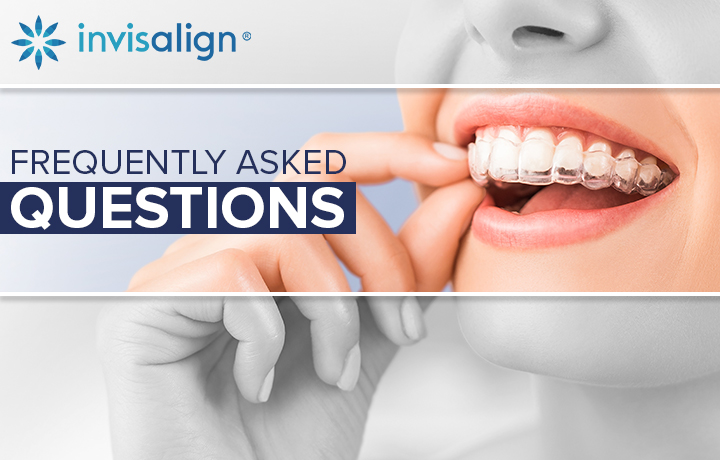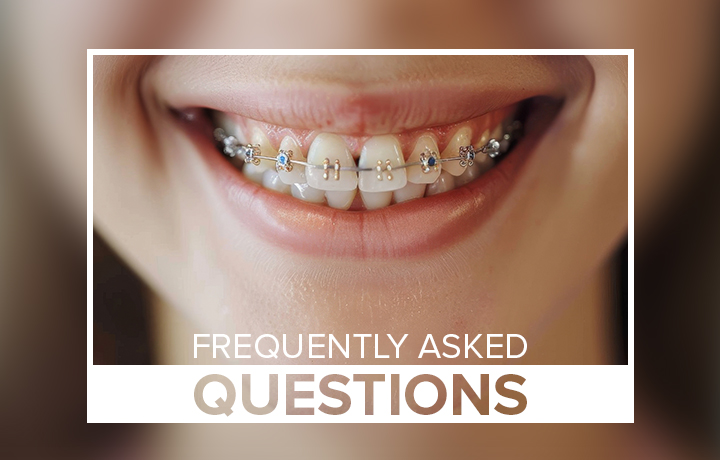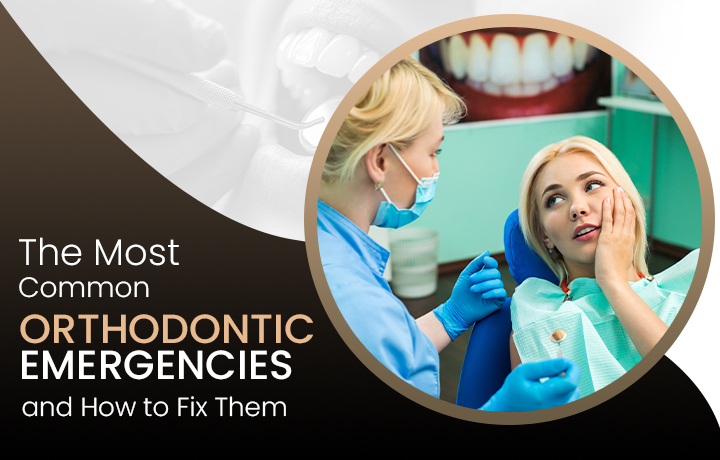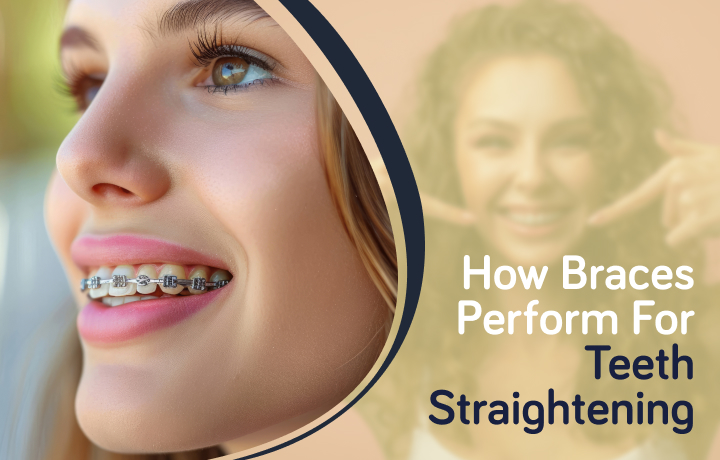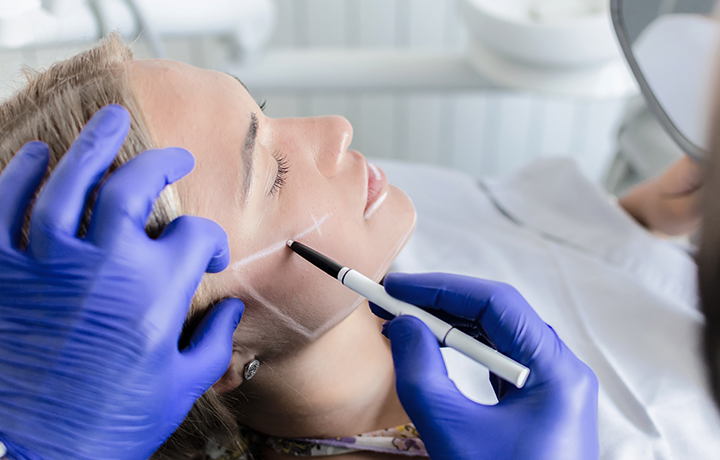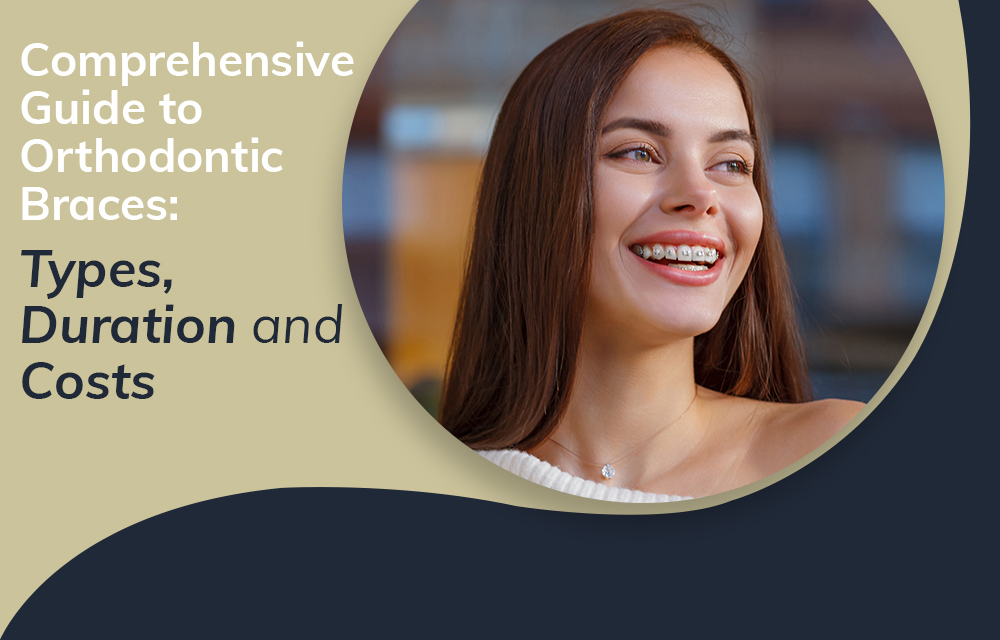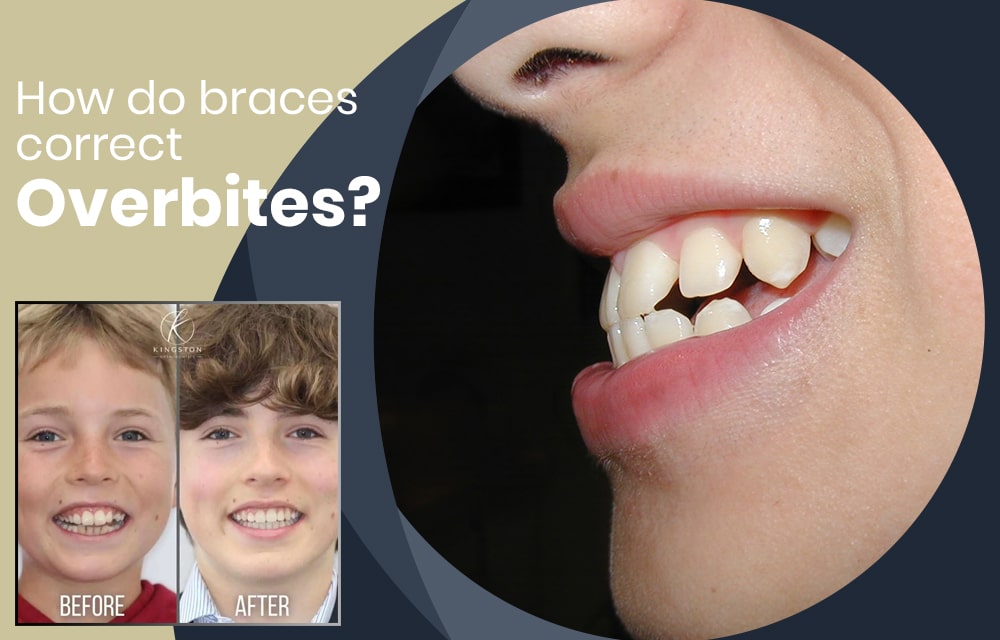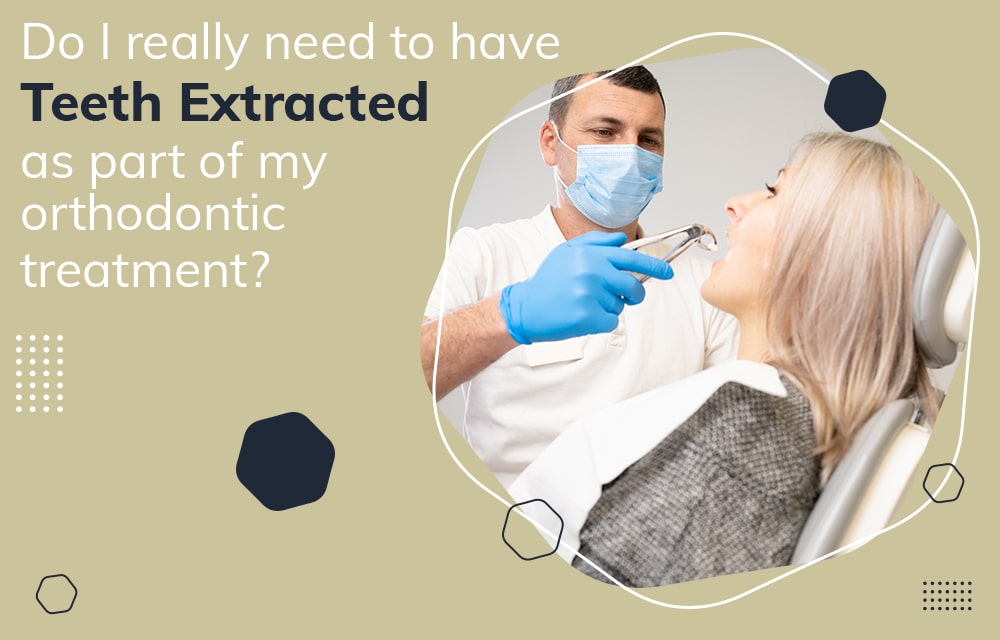
Do I really need to have teeth extracted as part of my orthodontic treatment
In an ideal world, if we all had the appropriate jaw length, width and size to accommodate a full set of adult teeth then dental extractions could be avoided. In reality, this is not the case. There are a variety of reasons why extractions may be recommended and a better understanding of the need for these extractions is crucial.
Why are extractions needed?
In crowded cases there is often a loss of space in the line of the arch which causes some of the teeth to move into a crowded position. If this lack of space is mild to moderate, then it may be possible to align the teeth with interproximal reduction (IPR) or filing without extractions. When however, the crowding is severe, it is not possible to squeeze all the teeth into line and extractions will be necessary.
Crowding Case Extractions And Ceramic Braces - Photos Attached Of When Braces Were Removed
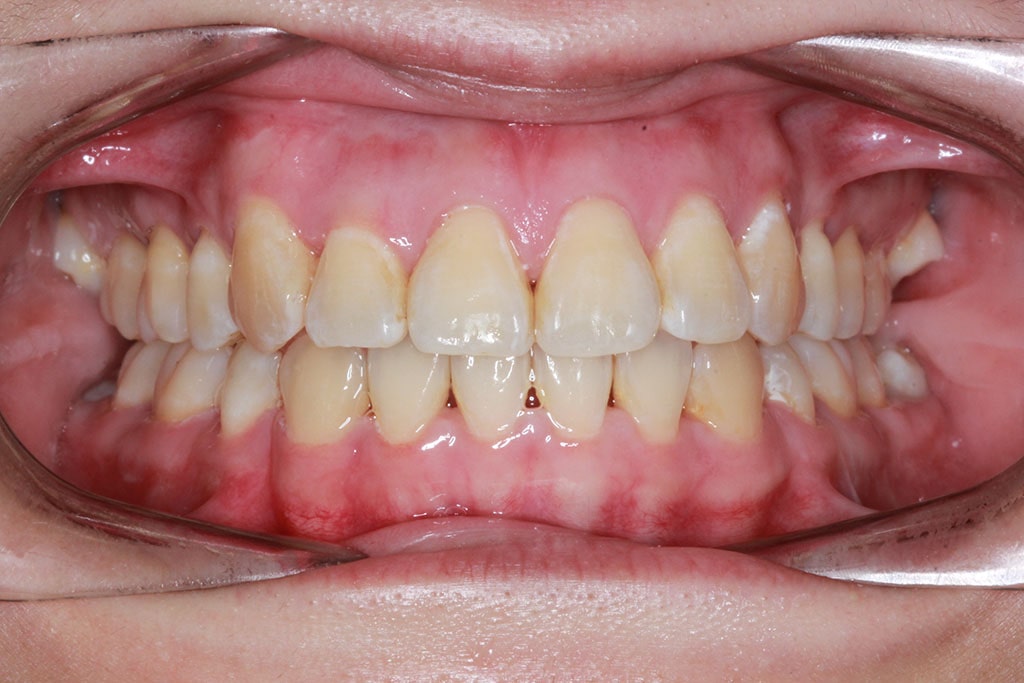
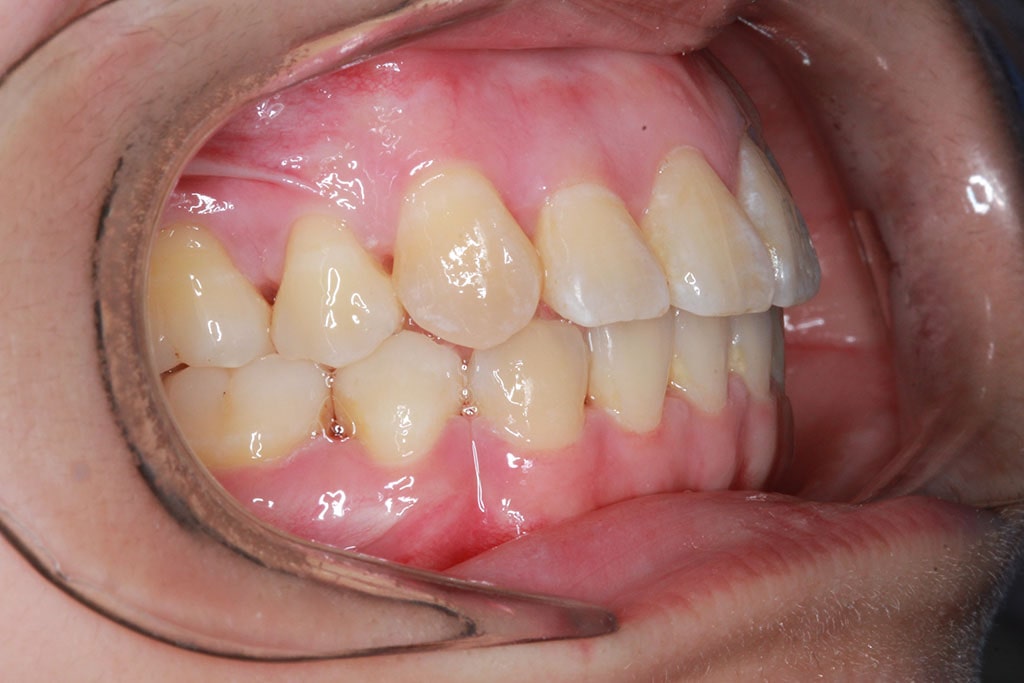

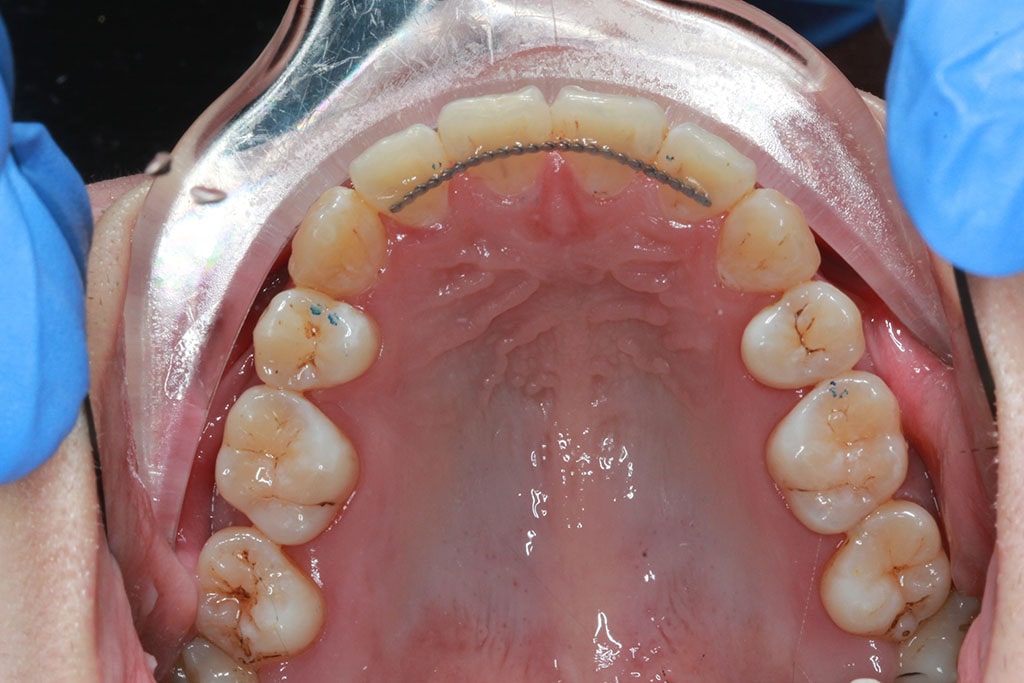

Baby Teeth or Milk Teeth
Some children can begin their orthodontic treatment when they still have a few baby teeth remaining and whilst treatment is ongoing these remaining baby teeth fall out and are replaced with the adult teeth that can then be aligned.
In other cases the baby teeth need to have fallen out with eruption of the adult teeth before braces can be fitted. In some children the baby teeth are retained for a very long time and in these cases, the baby teeth may need to be extracted before orthodontic braces can be fitted. Given that these baby teeth are not designed to last a lifetime, their removal is seldom a concern or a problem.
Some children and adults have retained baby teeth because the permanent tooth may be congenitally missing. If this is the case then there is nothing to push the baby tooth out and it can remain in place long term. When the orthodontist formulates a treatment plan in cases with missing teeth and retained baby teeth, they will always favour the removal of a retained baby tooth rather than an adult tooth where appropriate.
Tooth decay or dental caries
There are occasions when tooth extractions are unavoidable due to tooth decay. In these cases the dentist will often consult with an orthodontist regarding the management of the extraction space following the extraction. Some will choose to avoid orthodontics and have a dental implant, dental bridge or denture to fill the gap.
In other cases when there is crowding of the teeth, braces can be used to align the teeth using the extraction space. It may be necessary to have more than one extraction in order to maintain symmetry of the bite and smile but the orthodontist will fully explain this when treatment planning each case.
In adults, crowded teeth that are not treated with braces in childhood or early adulthood can lead to tooth decay, gum disease and bone recession if the overlapping teeth are difficult to clean and floss.
Crowding Extractions And Ceramic Braces - Mid Treatment
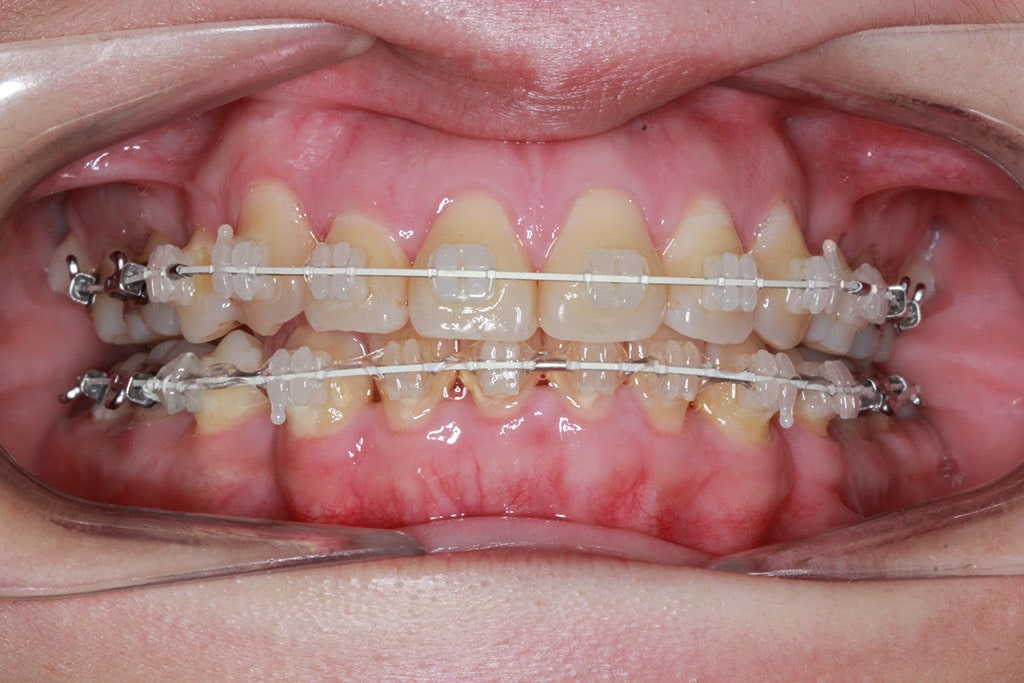
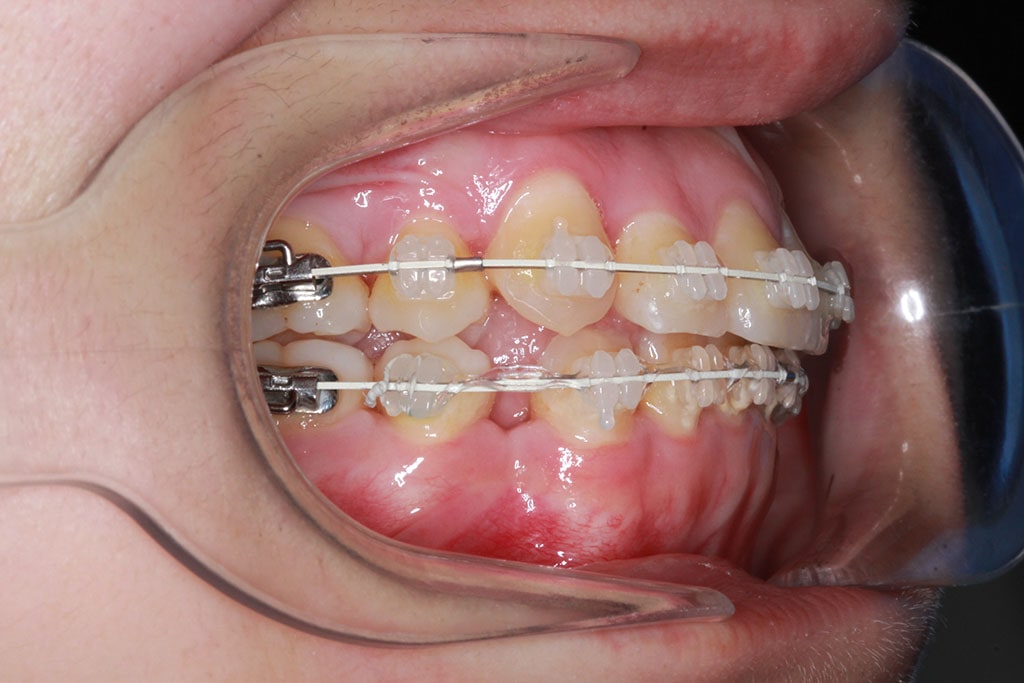
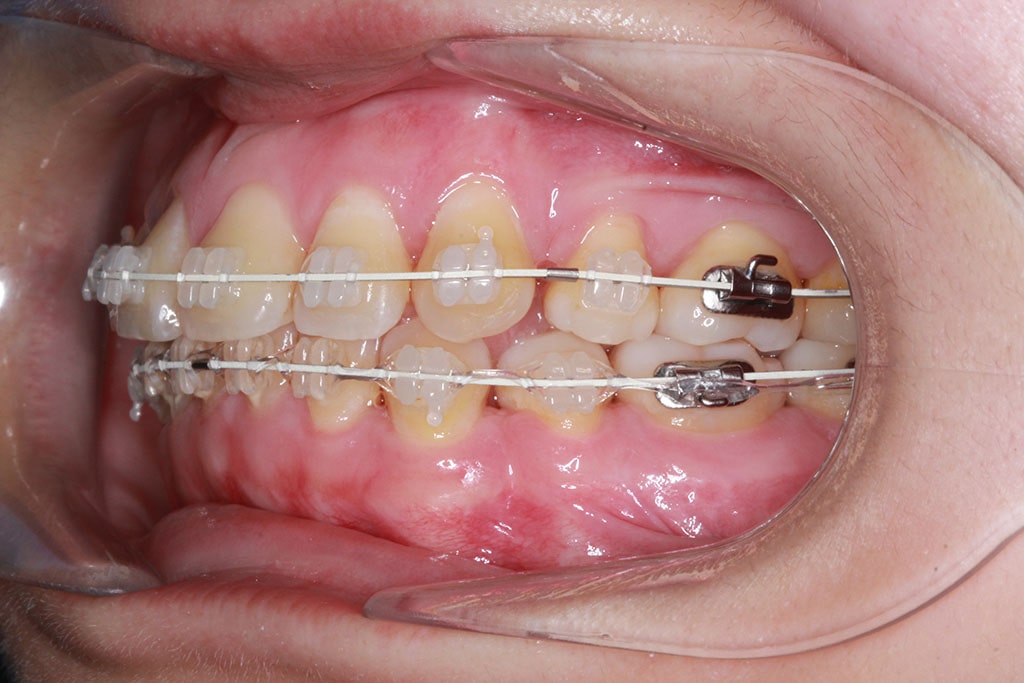
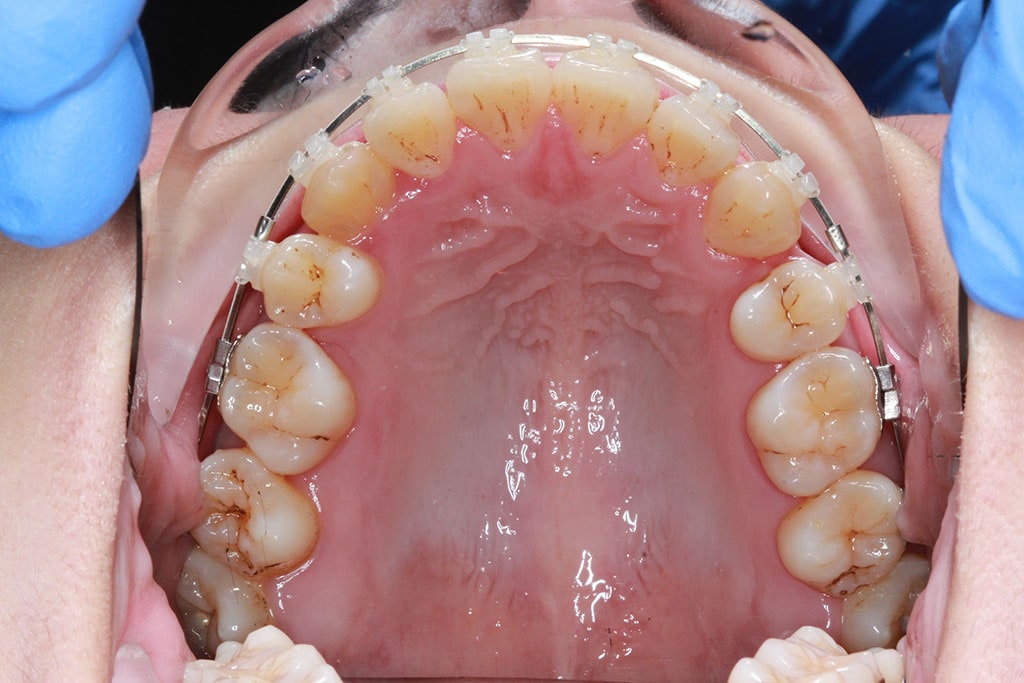
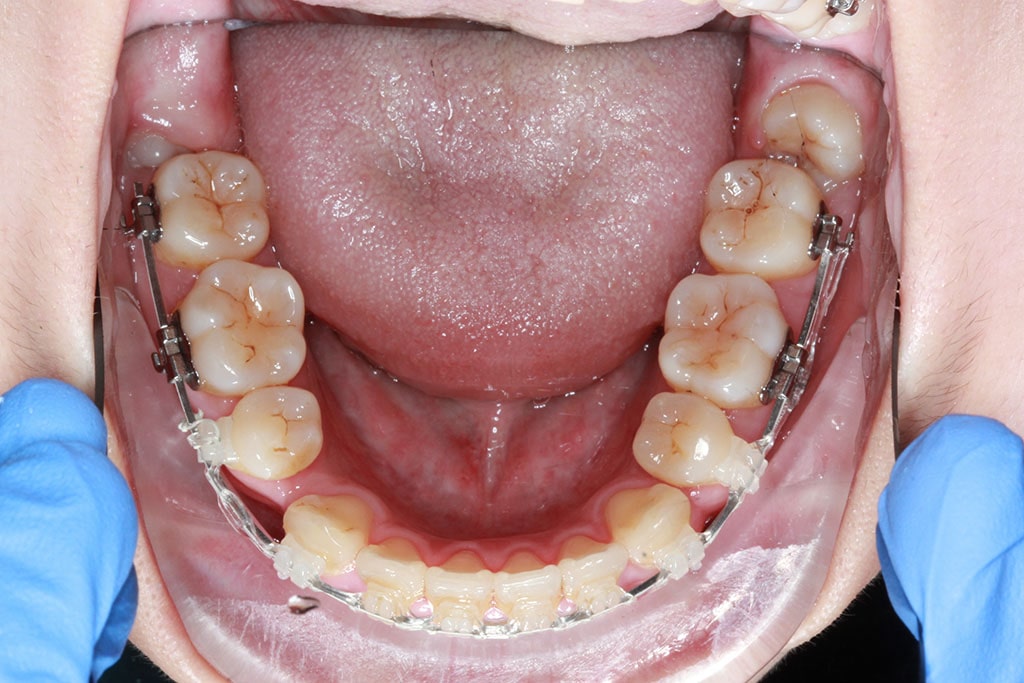
Crowding
This is the commonest reason for dental extractions in orthodontic cases. Crowding is when space is lost and the adult teeth overlap each other and move out of the line of the arch. In severely crowded cases, extractions are unavoidable and braces are then used to align the teeth and create an ideal smile.
There are mild to moderate cases when expansion devices can be used to gain space as well as low friction self-ligating braces such as Damon braces. These systems allow for expansion to regain lost space thereby allowing teeth to be straightened without the need for extractions.
Attempting to align severely crowded teeth without dental extractions will result in an unaesthetic appearance as the front teeth often end up splaying forward and looked prominent or “bucked”. Forcing crowded teeth into line can also cause them to move into unstable positions with very little bone support or gum support. This jeopardises the long-term health of the teeth, bone and gums.
Jaw size mismatch
Sometimes there is a mismatch in the size and position of the upper and lower jaws in relation to each other. When this jaw mismatch is severe then jaw surgery or orthognathic surgery may be recommended.
If the jaw mismatch is less severe, the orthodontist will explain that although the teeth can be straightened without extractions, the jaw size difference can only be camouflaged with tooth extractions.
Removing a tooth either side in the top arch may allow an overbite to be reduced and camouflaged. In those with a mild underbite, removing a tooth either side in the lower jaw may camouflage or eliminate the underbite.
It is important to remember that your orthodontist is assessing your teeth, your bite, your lip support and position as well as the structure and health of your gums and underlying bone. The aim is to provide you with an attractive smile with a well-functioning bite and stable long term result.
How will the orthodontist decide which teeth to extract?
This is a very carefully planned decision which varies from one case to the next. Many factors are considered such as the lip position and the smile line, the jaw size, the health and shape of the teeth and roots and the location of the crowding.
A full assessment with careful diagnosis and treatment planning with the orthodontist is necessary so that a decision can be reached regarding the ideal extraction pattern that will provide the best treatment outcome.
Crowding, Extractions And Ceramic Braces - Start Photos
